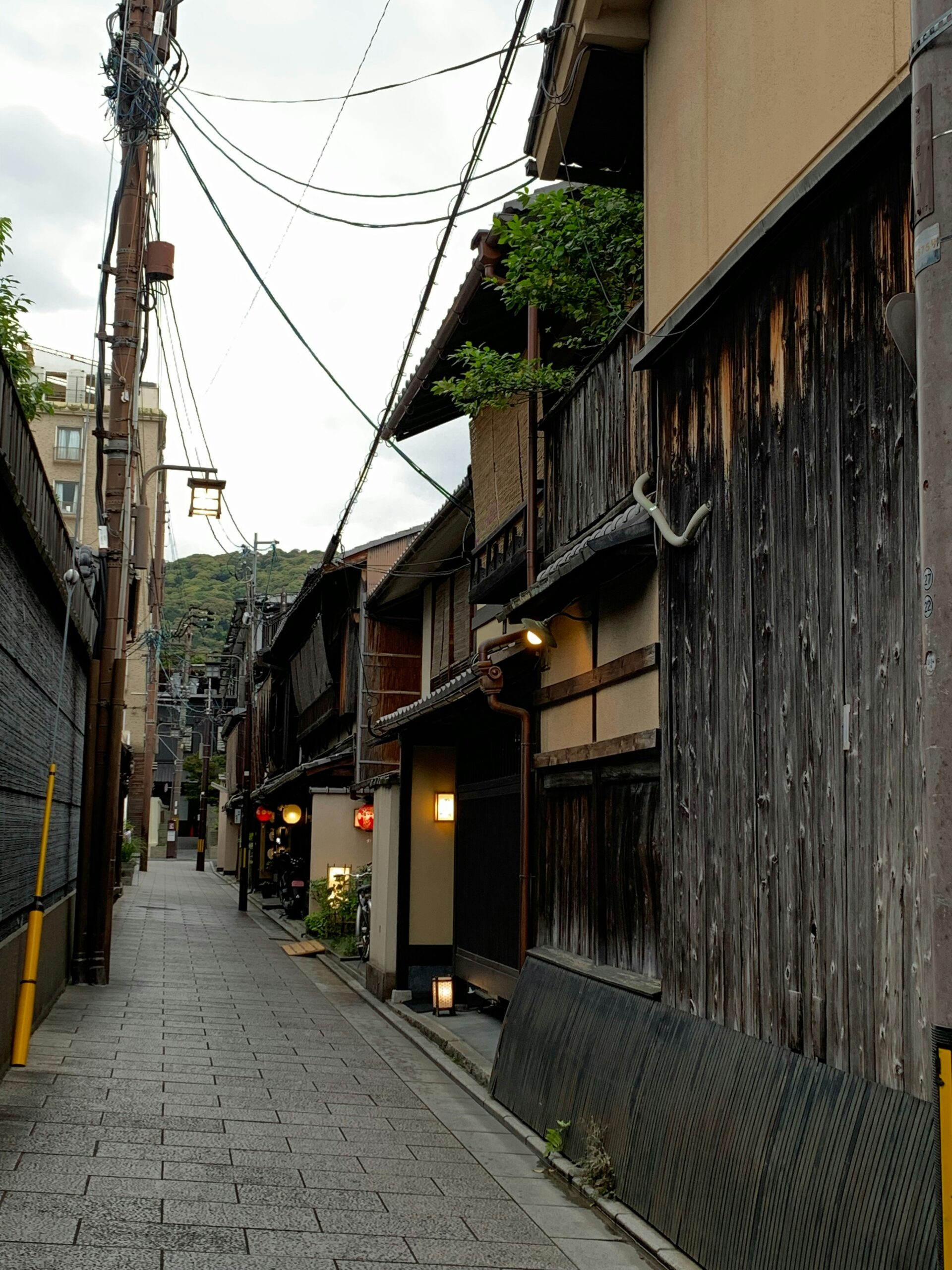
The Charm of Kyoto’s Living History
In Kyoto, beauty is not a concept reserved for temples or gardens — it is woven into the rhythm of daily life. Nowhere is this more evident than in the quiet lanes lined with machiya, the traditional wooden townhouses that have shaped the city’s soul for centuries. To walk through these streets in a kimono is to step into a living painting, where history and elegance move in harmony.
The machiya represent Kyoto’s enduring artistry — long wooden facades, latticed windows, and subtle colors that change with the seasons. Their sliding doors whisper open to reveal tea houses, craftsman workshops, or family homes preserved through generations. These narrow streets tell stories not through words, but through textures: the scent of tatami, the warmth of aged cedar, the soft rustle of silk as a kimono brushes past.
A Journey Beyond Fashion
Wearing a kimono is more than simply donning traditional attire — it is a cultural experience, a dialogue between past and present. The act of wrapping the obi, aligning the collar, and adjusting the sleeves demands mindfulness. Each layer invites you to slow down, to feel the precision and grace that define Japanese aesthetics.

When you walk through Kyoto’s machiya districts dressed in a kimono, your steps naturally become more deliberate. The wooden floors of teahouses creak softly beneath your feet; the stone alleys reflect the late-afternoon light in gentle shades of gold. You become not just an observer of history, but part of it.
At Allphoto Kyoto, this moment of transformation begins with the simple choice of your kimono. Whether you prefer delicate floral patterns inspired by the Heian court or bolder modern prints, the kimono becomes a reflection of your personality — and a bridge to Kyoto’s elegant heritage.
Where to Experience Kyoto’s Timeless Streets
The heart of Kyoto’s machiya culture beats strongest in a few iconic neighborhoods, each with its own rhythm and story to tell.
Gion: The District of Grace
Gion is Kyoto’s most famous geisha district, where wooden facades and paper lanterns create an atmosphere untouched by time. In the early evening, the streets glow softly as maiko (apprentice geisha) hurry between engagements, their kimonos shimmering under the lantern light. Strolling here in your own kimono, you may catch glimpses of these artists — reminders that beauty in Kyoto is an everyday performance.
Pontocho: Kyoto’s Hidden Alley of Elegance
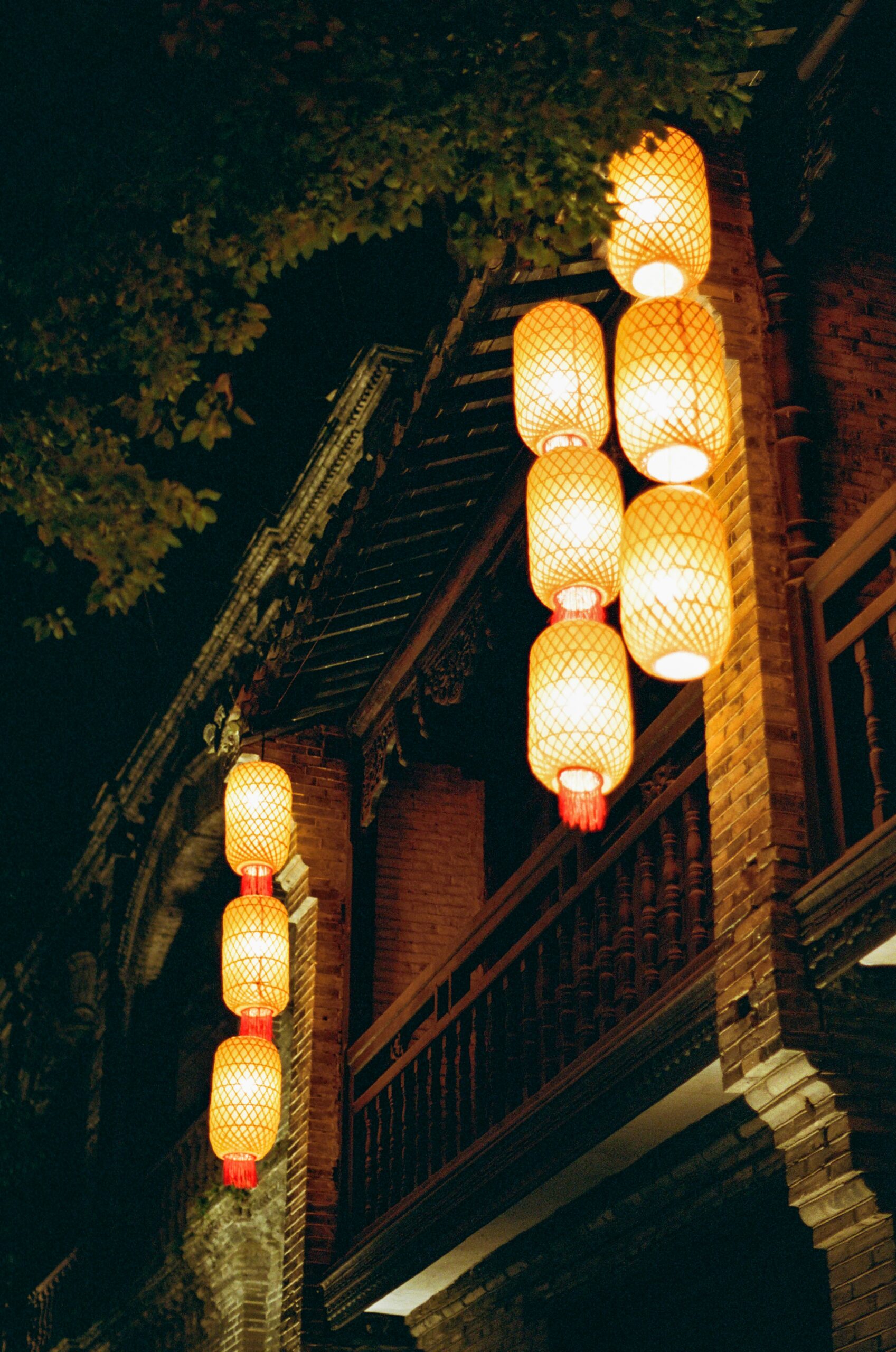
Just across the Kamo River, Pontocho stretches like a ribbon of charm. The narrow lane, lined with traditional restaurants and ochaya (tea houses), is especially enchanting at dusk. Reflections of lanterns dance on the water, and the scent of grilled fish drifts from the kitchens. Wearing a kimono here feels natural, even cinematic — as though you have slipped into a classic Japanese film.
Higashiyama: The Cultural Path
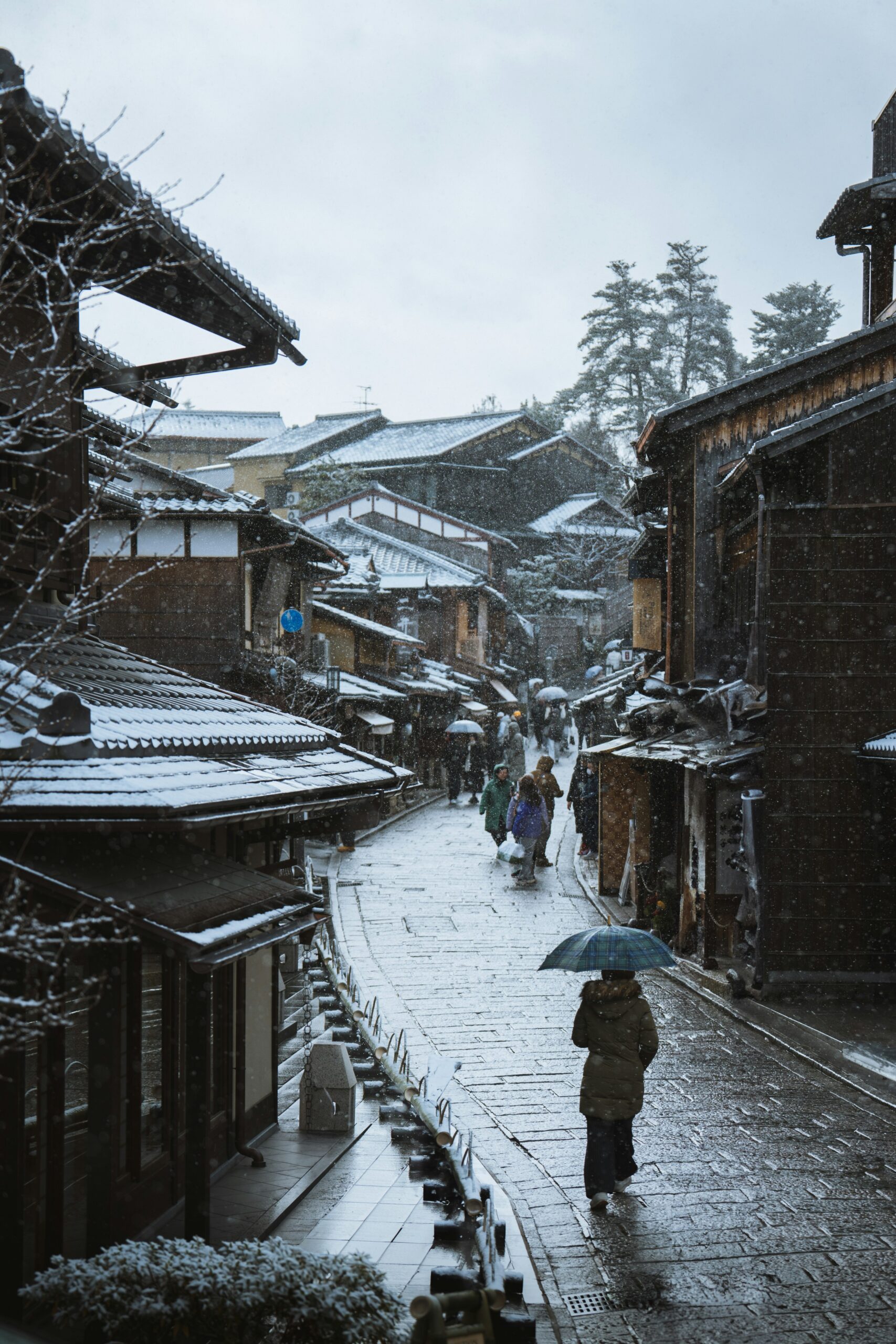
If Gion is about grace and Pontocho about intimacy, Higashiyama is where Kyoto’s spirit feels most alive. The stone paths of Ninenzaka and Sannenzaka wind between souvenir shops and tea houses, their charm preserved through careful restoration. Walking through these slopes in kimono, you’ll pass under the shadow of Yasaka Pagoda and hear the quiet hum of visitors who, like you, are captivated by the city’s balance of serenity and life.
The Poetry of Everyday Details
In Kyoto, beauty reveals itself in subtleties. The way the morning sun filters through wooden lattices, the rhythm of a passing rickshaw, the faint echo of temple bells from Kiyomizu-dera — these are the small moments that define the experience.
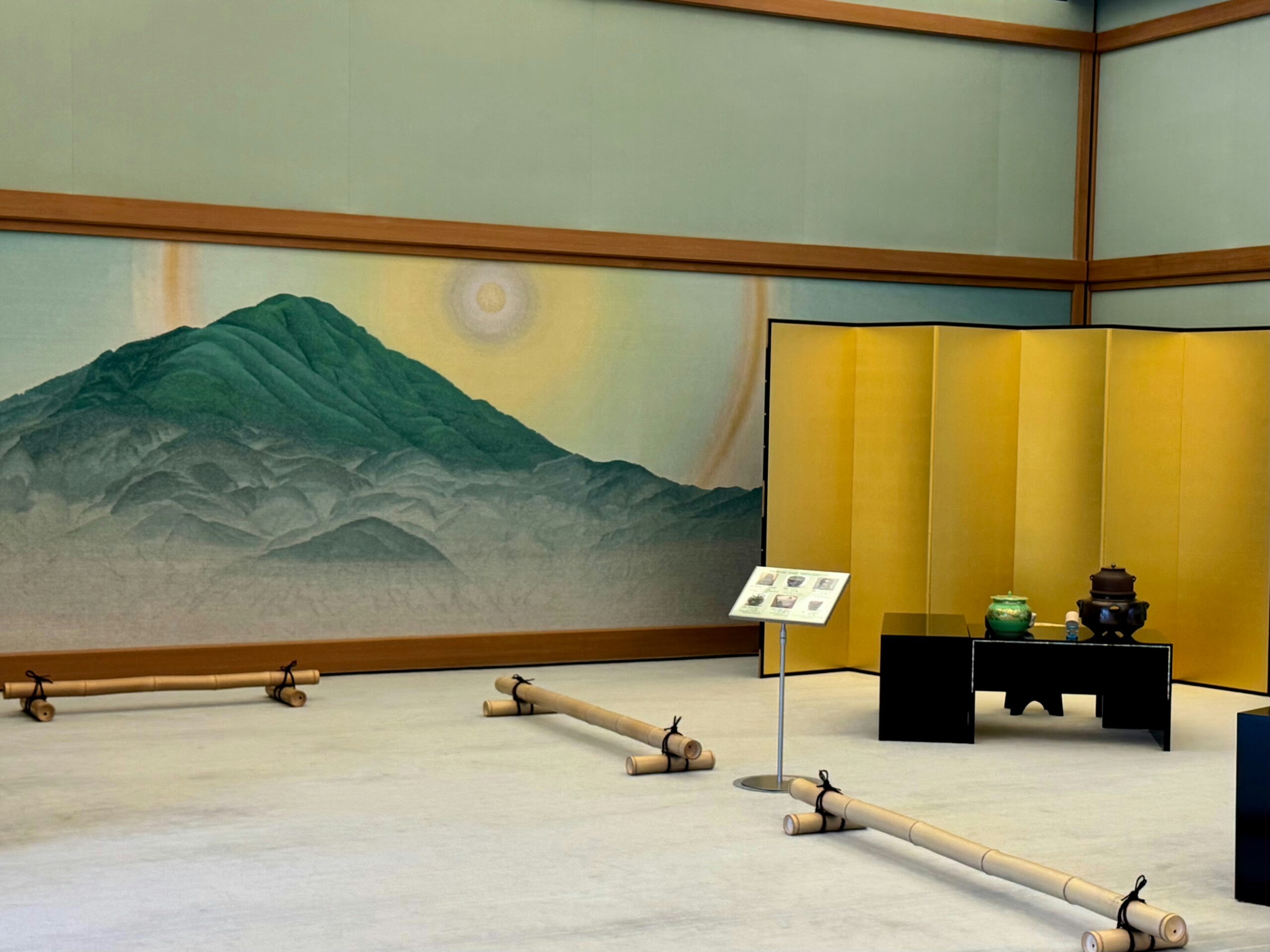
When dressed in a kimono, your awareness sharpens. You begin to notice the way the fabric moves with the breeze or how the soft sound of geta (wooden sandals) echoes against cobblestone. Every turn of the street feels intentional, every step part of a centuries-old choreography.
Even pausing for a cup of matcha becomes ritualistic. Sitting on a low stool beneath a noren curtain, you can sip green tea while gazing at the interplay of light and shadow on the wooden facade before you. Kyoto rewards those who linger.
A Living Architecture
Kyoto’s machiya are more than houses — they are living organisms, carefully breathing with the seasons. Their architecture balances function and beauty in a way that mirrors the kimono itself.
Each machiya is built around the idea of “uchi to soto” — inside and outside — blurring the line between home and street. A narrow front conceals deep interiors with inner gardens and sliding partitions that adapt to light and temperature. The latticework (koshi) provides privacy without isolation, allowing residents to remain connected to the rhythm of the neighborhood.
To walk among these wooden facades while wearing a kimono is to engage in the same conversation between concealment and revelation. The kimono, like the machiya, expresses modesty and refinement through suggestion rather than display.
Capturing the Essence

Photography has become one of the most popular ways to celebrate this experience. The combination of traditional architecture and the graceful silhouette of a kimono offers a composition both timeless and deeply personal.
Professional photographers at Allphoto Kyoto specialize in capturing this delicate harmony. With Kyoto’s light as their canvas, they transform fleeting instants into portraits filled with meaning — a glance over the shoulder, a quiet smile beneath a parasol, the reflection of your figure in a machiya window.
Each photograph tells a story that transcends time: the merging of your modern self with the eternal beauty of Kyoto. For visitors, this is not simply a souvenir, but a way to preserve a personal connection to Japan’s living culture.
The Spirit of Omotenashi
Every element of the kimono experience in Kyoto is touched by omotenashi — the Japanese spirit of wholehearted hospitality. From the moment you step into the dressing room, you are guided with care. Each layer of silk is adjusted to suit your frame, your colors chosen to harmonize with the season.
The experience is unhurried. Staff members explain the symbolism behind patterns — cranes for longevity, cherry blossoms for transience — and show you how to hold your sleeves gracefully while walking. It is in these small gestures that Japan’s famed sense of refinement truly shines.
Even the act of returning the kimono at the end of the day carries meaning: it marks the completion of a beautiful circle of experience, gratitude, and renewal.
Seasons of Beauty
Kyoto’s machiya streets change their mood with the seasons, and each one brings a new palette for your kimono journey.
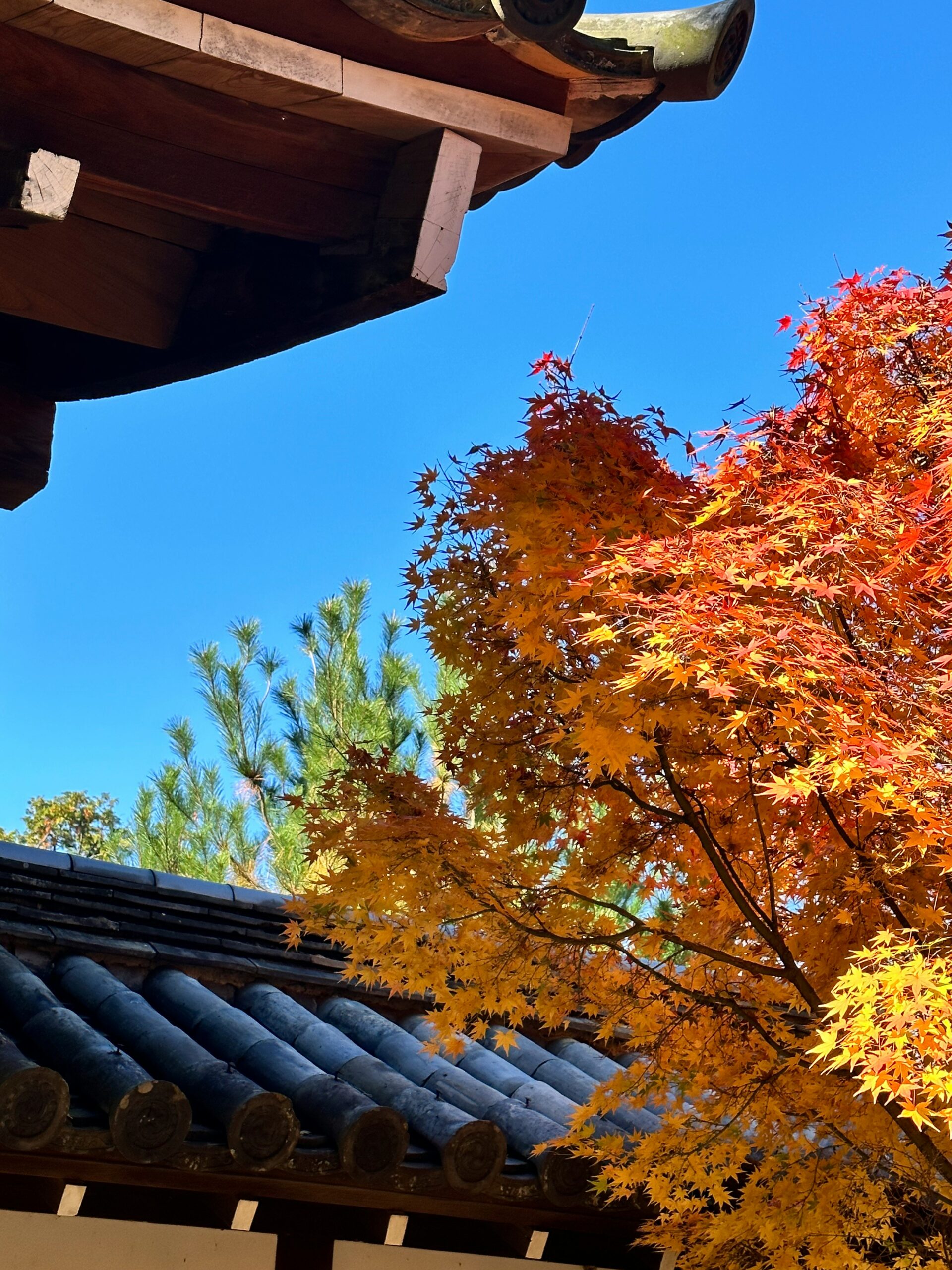
In spring, cherry blossoms flutter like whispers of pink silk against wooden eaves. The contrast between pale petals and deep wood creates dreamlike scenes ideal for photographs.
In summer, yukata — the lighter, cotton version of the kimono — fill the streets during festivals like Gion Matsuri. Lanterns illuminate the night, and laughter echoes through the alleys.
Autumn brings the warmth of red and gold leaves cascading over tiled roofs, mirroring the deep hues of the season’s kimono patterns.
And in winter, Kyoto’s quiet streets dusted with snow evoke a sense of stillness that feels almost sacred. The dark lattice of machiya contrasts beautifully with the white landscape — a monochrome poem in wood and silk.
Beyond Nostalgia
While the machiya might appear frozen in time, they are far from relics. Many have been lovingly restored as cafés, galleries, or guesthouses. The blend of old and new reflects Kyoto’s ability to evolve without losing its essence.
This coexistence of history and modernity mirrors the kimono experience itself: a timeless form reinterpreted by each person who wears it. Whether you are a first-time visitor or a long-time admirer of Japanese culture, a walk through these streets in kimono invites reflection on how beauty can endure by adapting, not resisting, change.
A Walk That Stays With You
Long after you have returned your kimono and the echoes of your geta have faded, the feeling remains. The scent of tatami, the sound of temple bells, the warmth of Kyoto’s evening light — they linger like a gentle refrain.
Walking through machiya-lined streets in kimono is not just an activity; it is a memory etched in movement, fabric, and emotion. It is the rare kind of experience that slows time, reminding you that grace is not a performance but a way of being.
Whether you are drawn by photography, culture, or simple curiosity, Kyoto invites you to take that walk — to discover a moment where history, art, and self-expression meet. Begin your journey at Allphoto Kyoto, and let the city’s timeless beauty unfold around you.

コメント